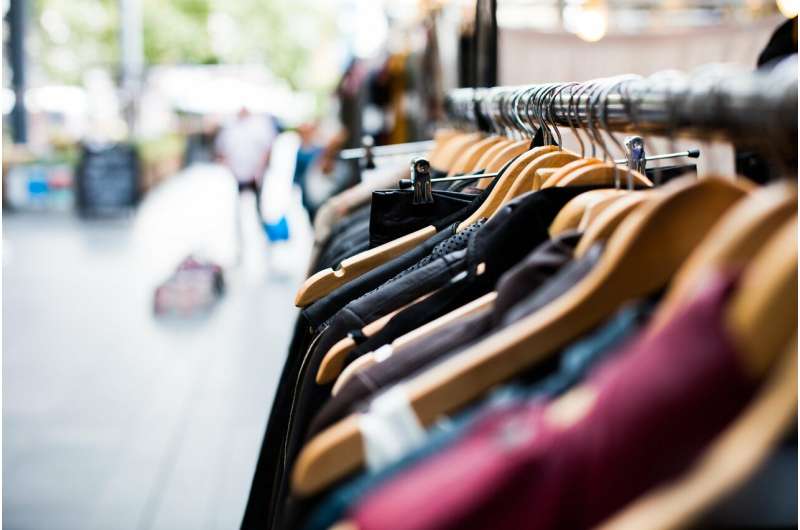Cost of retail crime up 40% over two years, Australian research shows

A new retail crime study has revealed escalating challenges for the retail sector, with shoplifting, employee theft, fraud and customer aggression rising to record levels.
The 2024 ANZ Retail Crime Study by Griffith University's Professor Michael Townsley found almost 2% of turnover was lost in the 2024 financial year, costing $7.79 billion in Australia alone.
Customer theft, dominated by concealment and opportunistic strategies, remained the largest driver of external losses, however employee theft cost millions annually, with insider knowledge amplifying its impact.
Professor Townsley said it was alarming to see all facets of retail crime increasing with such speed.
"Before COVID, crime was slowly rising, but when a lot of shops closed due to lockdowns, we saw a bit of a pause and crime went down," he said.
"Since then, it just got picked up again, and with added cost-of-living pressures, police-recorded instances of shoplifting and employee abuse have gone through the roof."
Shockingly, Professor Townsley said there had been an increasing trend among small businesses to buy stolen goods.
"Financial pressures affect all strata of society, and with more demand for cheap food, small businesses are trying to meet their customers' demands," he said.
"When cafés and restaurants are doing it tough and their cost of goods has doubled but they're unable to double their own prices, they're beginning to contemplate things they previously wouldn't have thought about."
With spending having moved largely online in recent years, retail fraud has been becoming more prevalent, with more sophisticated schemes evolving as retailers try to stay ahead of the wave.
Online fraud tactics range from using stolen credit cards to purchase goods, through to claiming packages weren't delivered (when they in fact were) in order to gain additional products or a refund, therefore getting the item for free.
"Online shopping has really grown, and largely its adoption was accelerated due to COVID," Professor Townsley said.
"Many retailers had to roll things out faster than they probably planned to, which left some vulnerabilities for a lot of merchants.
"Particularly during peak times, such as Christmas or Black Friday, retailers have a far higher volume going through their systems, and fraudsters will tend to play on that.
"Fraudsters might, for example, create a sense of urgency saying things such as "Christmas is in three days' time and my little boy is really looking forward to this trampoline' and retailers, who are ultimately trying to help people and delight their customers, will send another item."
Some aspects of online fraud can also be perpetrated from overseas, which makes it incredibly difficult for retailers to combat or for law enforcement to track.
Focus has therefore moved to ways of prevention, with many retailers pushing loyalty programs or creating their own apps, which often incorporate a range of tracking measures and identification points, plus legislative measures and industry-led initiatives to foster safer retail environments.
Provided by Griffith University

















